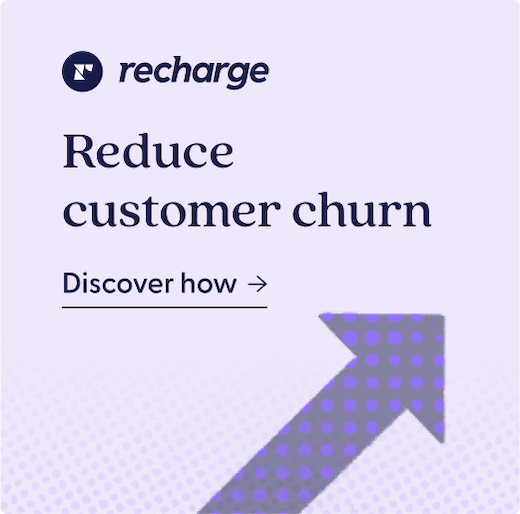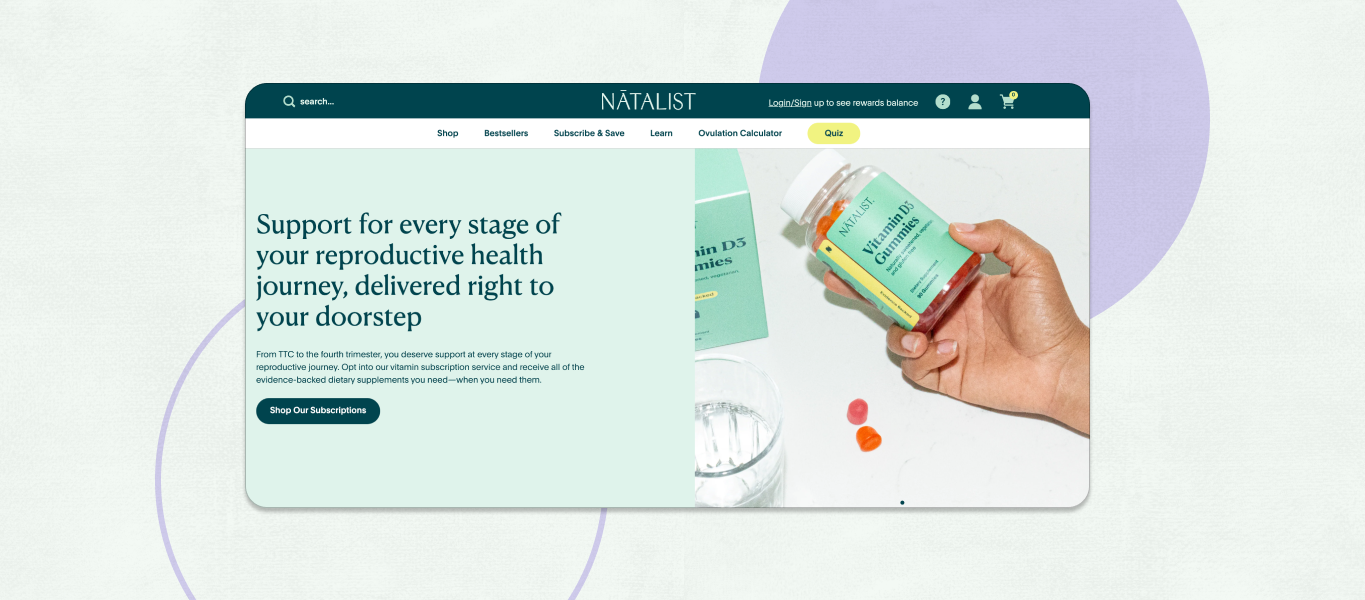In the wake of quarantine and COVID, subscription commerce soared—everyone was staying home and shopping online. 2020 saw droves of subscribers flocking to the market at unprecedented rates.
Online shopping has skyrocketed for a few reasons: convenience, safety, and preference. Having products delivered directly to their house saved shoppers the time and effort involved with a trip to the store. Plus, with more time at home, many took to online shopping as an activity—awaiting the arrival of a new package was something to look forward to in an uncertain and chaotic time.
While some predicted that the world opening back up would lead to drops in ecommerce activity, we saw the contrary. Between 2020 and 2021, lifetime value (LTV) increased by roughly 15% across all verticals. To better understand the stability of subscriptions, we dove into the data—comparing statistics from 2020 to 2021 and examining changes across seven verticals.
Today, we’ll explore the psychological and social elements that answer the question: Why have subscriptions shown ongoing growth? If you’re curious, you can also read our full report here!
Products became part of our routine
For many people, the morning cup of coffee is a cherished ritual, a moment of time to be with yourself and warm up to the day. Even if you’re not a coffee drinker, you probably have a few routines that feel delightful and important—like reading before bed, going for a walk after work, or nightly skincare. Products quickly become an accessory to ritual, whether it’s the next book or natural moisturizer.
In uncertain times, people crave reliable and repeatable experiences. So, customers began to build habits and routines around their favorite products. Subscriptions ensure that people always have their preferred items on hand, while also reducing cognitive load. With a subscription, customers automate their shopping and save time putting in orders and picking out products.
In 2021, all seven verticals saw an increase in customers. Given that many routines coalesce around food and self-care, it’s no wonder that Food & Beverage and Beauty & Personal Care combined accounted for 54% of subscribers.
They also saw impressive individual growth—Food & Beverage grew by 41% and Beauty & Personal Care by 25%. Clearly, people’s routines now include indispensable products. As Taylor Morris, COO of Better Way Health, said, “Subscriptions go hand-in-hand with [our customers’] regular health and wellness routines.”
The era of relational commerce
Today, consumers want more from brands than just products. Transactional commerce is almost solely focused on the sale. On the other hand, relational commerce prioritizes and values the customer relationship. Customer acquisition costs are high, so it’s in the business’s best interest to strengthen customer relationships. Additionally, happy customers are some of the best brand advocates.
Subscriptions help create these lasting connections—they lower churn, drive lifetime value, and create opportunities for communicating with customers. When businesses implement subscriptions, they can transform one-time transactions into frictionless, ongoing relationships.
Consumers value brands for their ability to provide a comprehensive, engaging experience. And with subscriptions, there are endless touchpoints for brands to interact with their customer base. For example, brands can build up their social media presence to further develop customer relationships.
Consumers also pay attention to a brand’s values—such as sustainability—and even more so with subscriptions. Since they’re planning to regularly give money to a business, they are especially drawn to brands that pledge to do good.
Subscriptions encourage brands to consider their customers as human beings and focus on cultivating long-term relationships. As Stephen Tracy, Founder of Keap Candles, said, “Like human relationships, when you prioritize a deeper sense of care and empathy in the ways you act, stability follows naturally.”
Proven convenience
For some consumers, 2020 was a trial run with subscriptions, and they saw the benefits. Consumers got to experience the convenience of having products delivered on a set schedule. Gone are the days of going to your cupboard to find there’s no more coffee, or discovering you’re almost out of shampoo in the shower—people can rely on subscriptions to fuel their daily habits. And with shopping tasks automated, they have more time back on their hands—time they can direct back to family, hobbies, and the joys of life.
Successful merchants empower their customers to tailor a subscription. No one wants to be locked into an inflexible program. If someone goes out of town, they’ll want to pause a shipment. Or maybe they change their mind about a flavor and want to switch it up. Subscriptions acknowledge the vast range of consumer needs and enable customization.
Customers made use of these flexible options—in 2021, there were 12 million total skips and 7 million total swaps. Clearly, customers appreciate and utilize the ability to adjust their subscriptions. This flexibility also increases customer retention, making it easy for someone to customize a subscription rather than churning altogether.
Subscriptions provide stability
As the world around us continues to change, we turn to things that offer consistency and reliability. Subscriptions are a powerful, stabilizing force, for both the business and the customer. They offer an opportunity to build a rich, sustainable relationship and transform how we think about ecommerce.
In 2021, existing subscription brands grew their overall customer base by an average of 31% across verticals—and 2022 is posed to show even more exciting growth. For more insights and key findings, explore our full report here.



